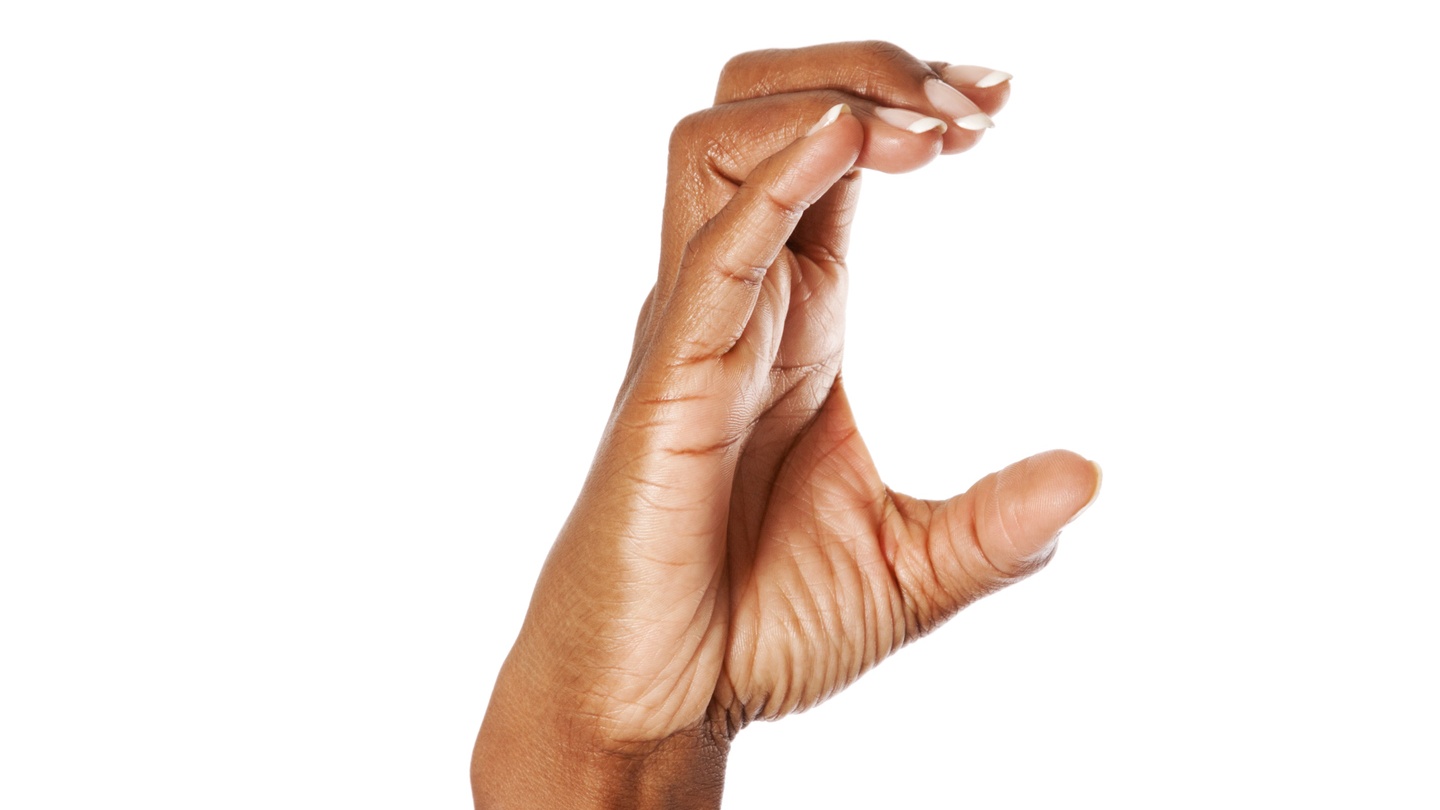The internet has quickly fallen in love with 22-year-old Nakia Smith who went viral thanks to her informative videos about Black American Sign Language.
Smith comes from a four-generation family of deaf people and has decided to use her experience to create dozens of videos of conversations with her great grandparents that have since racked up millions of views on TikTok.
Her videos have led to an increased interest in how Black people sign and the differences found in the language primarily used in Black deaf communities.
In a video for Netflix, Smith explained that Black American Sign Language, a dialect of American Sign Language, was developed in the 1800s because schools for the deaf were segregated.
Smith noted that the first American school for the deaf, which was built in 1817, didn't admit Black people until 1952. This segregation from the white deaf community forced Black people to come up with their own way of communicating.
"The biggest difference between BASL and ASL is that BASL got seasoning," Smith joked.
With BASL, both hands are used as opposed to ASL which is generally done with only one hand. Like African American Vernacular English (AAVE), there are also certain words that have different cultural connotations.
Words like "Christmas," "curious" and "children" are signed differently in BASL, while certain terms like "bad" and "word" that have different connotations among Black Americans are similarly transferred to BASL.
"I felt like a lot of people didn't know about BASL until my video went viral. They were really curious and wanted to learn more about BASL and history. I told my grandfather that the video went viral and he said, 'Keep it going,'" she said.
@itscharmay My great grandma ???????????? watch till the end! ##fyp
##foryoupage
##deafcommunity
Since the onset of the coronavirus pandemic, many people have noticed that during press conferences by governors and state leaders, there is typically a sign language interpreter translating their words. But few knew that for some, even that version of sign language is intelligible.
Carolyn McCaskill, a professor of deaf studies at Gallaudet University, told The Washington Post about how difficult it was for her to attend desegregated schools in the late 1960s because the sign language being used by her teachers was different compared to what was taught at the deaf schools for Black children that she attended.
McCaskill and others have been on the cutting edge of examining how widespread BASL is and its differences from ASL. Her book focuses on the history of Black deaf people in the United States and describes how BASL involves more body language and bigger signs among other differences.
There is no standardized world language for sign language users, with each country using its own version and different regions and populations deploying their own terminology and local lexicon, according to The Alachua County Library.
“Our signing is louder, more expressive. It’s almost poetic,” Teraca Florence, a former president of the Black Deaf Student Union at Gallaudet University, told The Washington Post.
For years, Black people were scolded for not using ASL and were told it was more proper. But recently, particularly in 2020, there has been a renewed focus on making sure that both BASL and ASL are seen as equals.
“It is important that we recognize and celebrate the diverse deaf communities and the variations within American Sign Language,” said Jan Withers, Director of North Carolina DHHS’ Division of Services for the Deaf and Hard of Hearing. “Understanding and appreciating Black ASL helps to create an inclusive environment.”
The Alachua County Library noted that even the sign language expression for "Black Lives Matter" is different in BASL and ASL.
"Since the beginning of the year, BASL has become more visible due to the Black Lives Matter movement. Even the phrase "Black Lives Matter" is different in mainstream ASL and BASL," the library explained.
"Some white signers adopted the BASL sign in solidarity and did not understand why BASL speakers asked them not to do it. It was well-meaning, but using someone’s signed dialect is the same as imitating a person’s spoken accent. It’s always best to ask if you’re unsure," they added.
McCaskill also released a video diving into the history of BASL and how it differs from ASL.
McCaskill recently explained to The Washington Post that Black deaf people effectively have to code-switch, using ASL with white people or in certain formal situations while using BASL with friends and family, like Smith, who has dozens of videos on TikTok about her life as a deaf person.
@itscharmay periodddddt ???????? ##fyp
##deafworld
##signlanguage
##foryoupage
##tiktok
Check out some of her other videos on her page.
